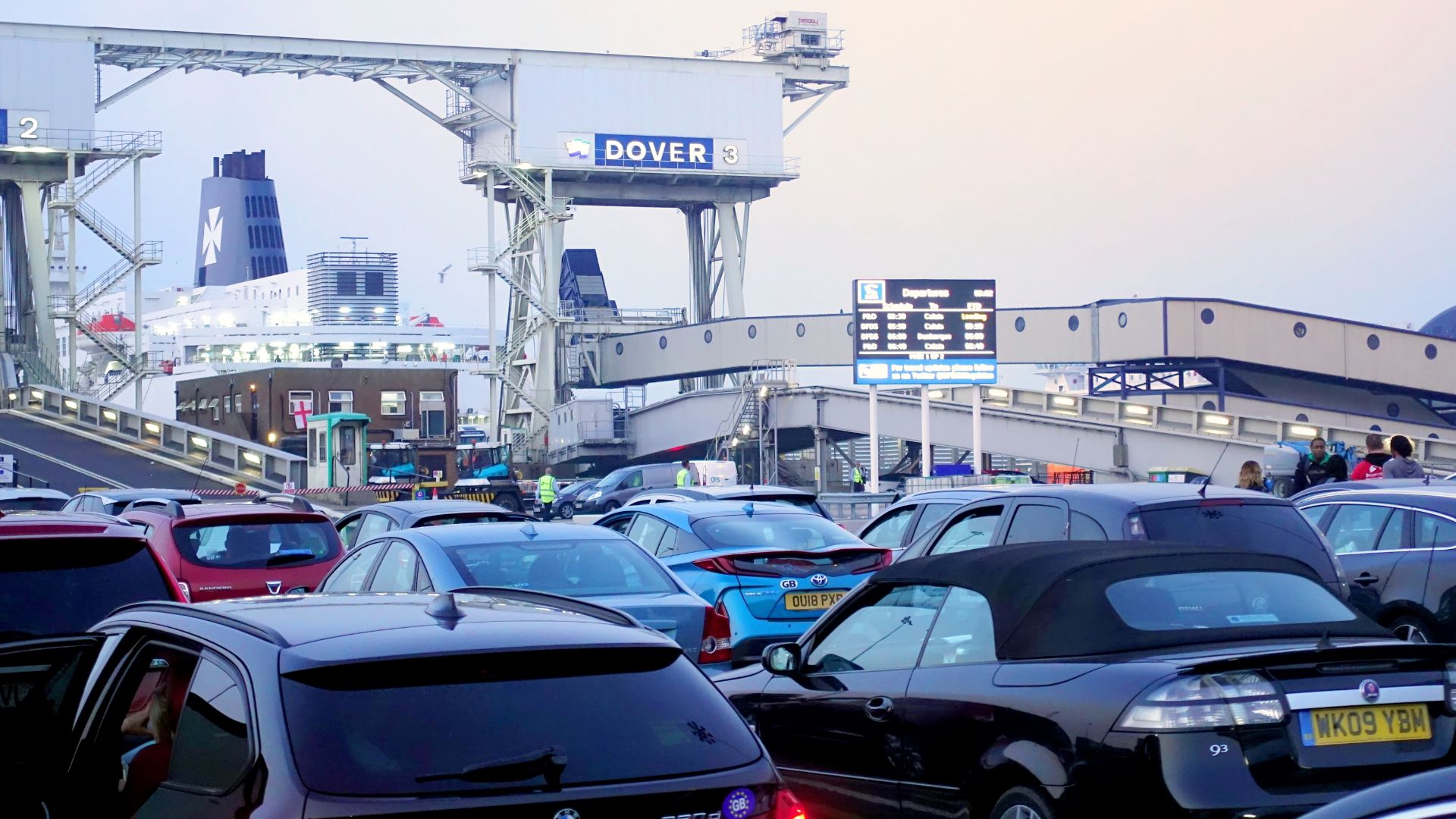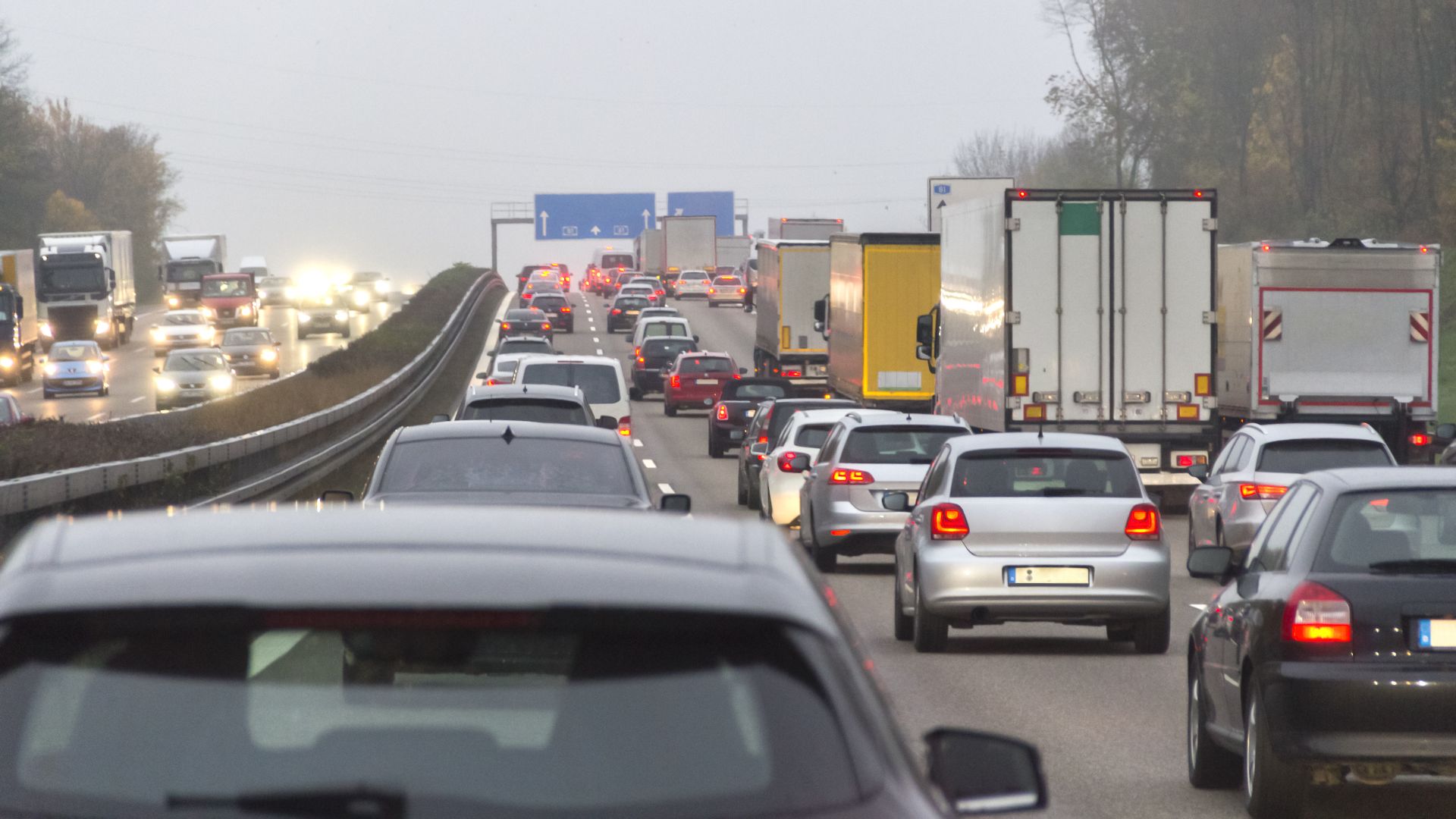
Now the UK has left the European Union, it has brought about changes for motorists travelling abroad.
As coronavirus restrictions start to ease, here’s everything you need to know for driving in Europe legally and safely.
Let’s start with the items you need to pack:
- Driving licence
- Passport
- Registration document (or VE103 form for a hire/lease vehicle)
- International driving permit(s)
- UK sticker (or UK number plates)
Licence and driving permits
The UK government has secured agreement with all 27 EU member states to recognise UK driving licences without an International Driving Permit.
An IDP is also unnecessary in Switzerland, Iceland and Liechtenstein.
Welcome news for UK drivers 🇬🇧 🚙. We've now secured agreement with all 27 EU Member States to recognise UK licences WITHOUT the need for an International Drivers Permit. From tomorrow, UK drivers can continue to drive in the EU without an IDP (once Covid restrictions lifted).
— Rt Hon Grant Shapps MP (@grantshapps) December 31, 2020
Some may still prefer to take the belt-and-braces approach, though, and get an International Driving Permit.
What’s more, they’re needed in some countries (such as Denmark) if you plan to stay for longer than 90 days. Or indeed if you still have a paper driving licence, or one issued in Gibraltar, Guernsey, Jersey or the Isle of Man.
You can pick up IDPs from the Post Office. They’re cheap, at £5.50 each, although you may need more than one.
For more information, read our full guide to International Driving Permits, what they’re for, which ones you need and how to get them.
Needless to say, it’s advisable to keep your driving licence and passport close at hand when travelling, too. Although UK driving licences currently carry the European flag, they are still valid until the expiry date of the licence.
Car insurance

You need car insurance wherever and whenever you drive. But when it comes to travel in the EU, British drivers do not need an insurance green card.
The green card exemption also applies in the following countries, which are not part of the European Union: Andorra, Bosnia and Herzegovina, Iceland, Liechtenstein, Norway, Serbia and Switzerland.
Vehicle registration documents and ID

You’ll also need to take your vehicle’s registration documents with you. If it’s your car, you will need your V5C document (car logbook).
If driving a rental or a lease car, you’ll need a VE103 form as proof of your right to operate that vehicle. Keep these handy at all times, as you may need to produce them.
You’ll also need a ‘UK’ sticker unless you have number plates with a UK, GB or Union Jack flag identifier. UK stickers replace GB stickers from 28 September 2021. You can no longer fit a new number plate displaying the EU symbol.
READ MORE:
What is E10 petrol and can it damage your car?